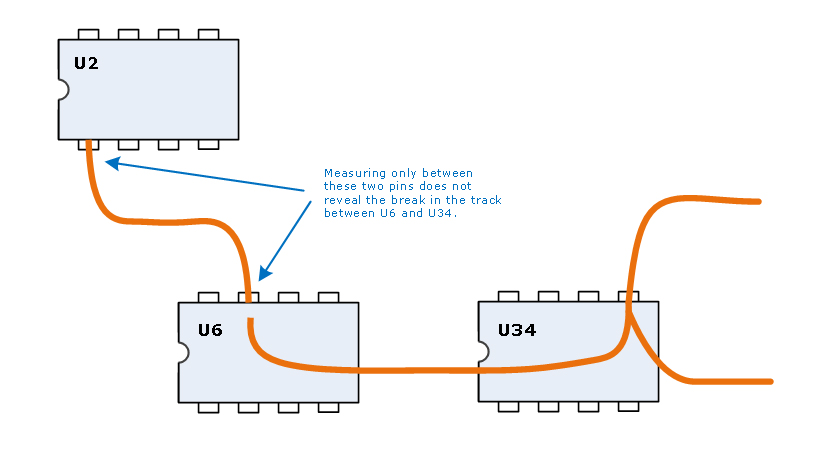Flamin Joe
Experienced Member
Hi guys. I've got a problem with my Atari PC3 8088 in that I would get a "divide overflow" error when trying to run certain programs or in some cases it would simply lock up the PC. I've already had a faulty RAM chip which has been replaced, so suspecting more faulty RAM chips I ran a program called RAMTEST 2.00 by Brown Bag Software. It was the only small sized RAM test program which would run, anything too large in size (50k or more) would also cause lockups. Anyway this is what it came up with:
https://plus.google.com/u/0/photos/...lbums/5950521323764912161/5950523540717012962
Base memory read error at address 70002
This address is in the 8th 64k bank of base RAM (2nd 256K bank)
Now back when I had a PC like this I never really tinkered around with the hardware much besides installing a sound card. It wasn't until the 386/486 days and SIMM memory that I really started delving into things like this. So while not being a computer noob by any stretch of the imagination, I sure do feel like one trying to get my head around this. :D From what I gather from this wiki page: http://en.wikipedia.org/wiki/Conventional_memory the RAM location it reports is the "Ordinary user memory to 512 KB".
Here is the board in question and it's memory chips all conveniently soldered in so just swapping chips around or easily replacing them is out of the question!
https://plus.google.com/u/0/photos/...lbums/5950521323764912161/5950521324510791154
Note: The chip at U90 has already been replaced. The system when I first got it was only reporting 576K of memory at boot up and after "piggy backing" a replacement chip over the top I found it to be the culprit. It now reports all 640K.
I have replacement chips for the both the Sharp LH2464-12 and the Siemens HYB 41256-12 but using the "piggy back" method it still reports a memory error. I'm guessing this method only works for dead chips?
Would appreciate it greatly if someone could point me in the right direction or at least narrow it down. Thanks.
https://plus.google.com/u/0/photos/...lbums/5950521323764912161/5950523540717012962
Base memory read error at address 70002
This address is in the 8th 64k bank of base RAM (2nd 256K bank)
Now back when I had a PC like this I never really tinkered around with the hardware much besides installing a sound card. It wasn't until the 386/486 days and SIMM memory that I really started delving into things like this. So while not being a computer noob by any stretch of the imagination, I sure do feel like one trying to get my head around this. :D From what I gather from this wiki page: http://en.wikipedia.org/wiki/Conventional_memory the RAM location it reports is the "Ordinary user memory to 512 KB".
Here is the board in question and it's memory chips all conveniently soldered in so just swapping chips around or easily replacing them is out of the question!
https://plus.google.com/u/0/photos/...lbums/5950521323764912161/5950521324510791154
Note: The chip at U90 has already been replaced. The system when I first got it was only reporting 576K of memory at boot up and after "piggy backing" a replacement chip over the top I found it to be the culprit. It now reports all 640K.
I have replacement chips for the both the Sharp LH2464-12 and the Siemens HYB 41256-12 but using the "piggy back" method it still reports a memory error. I'm guessing this method only works for dead chips?
Would appreciate it greatly if someone could point me in the right direction or at least narrow it down. Thanks.

